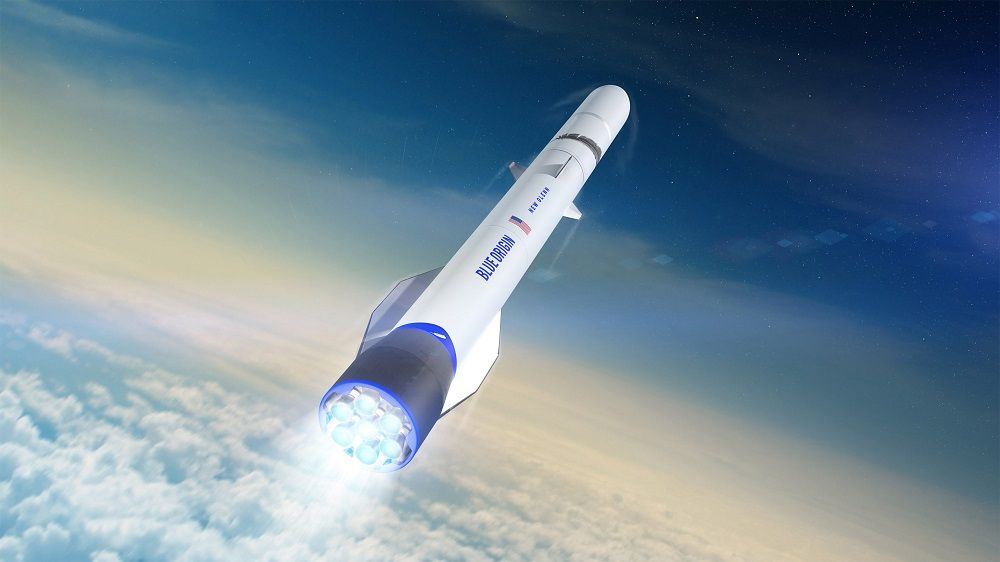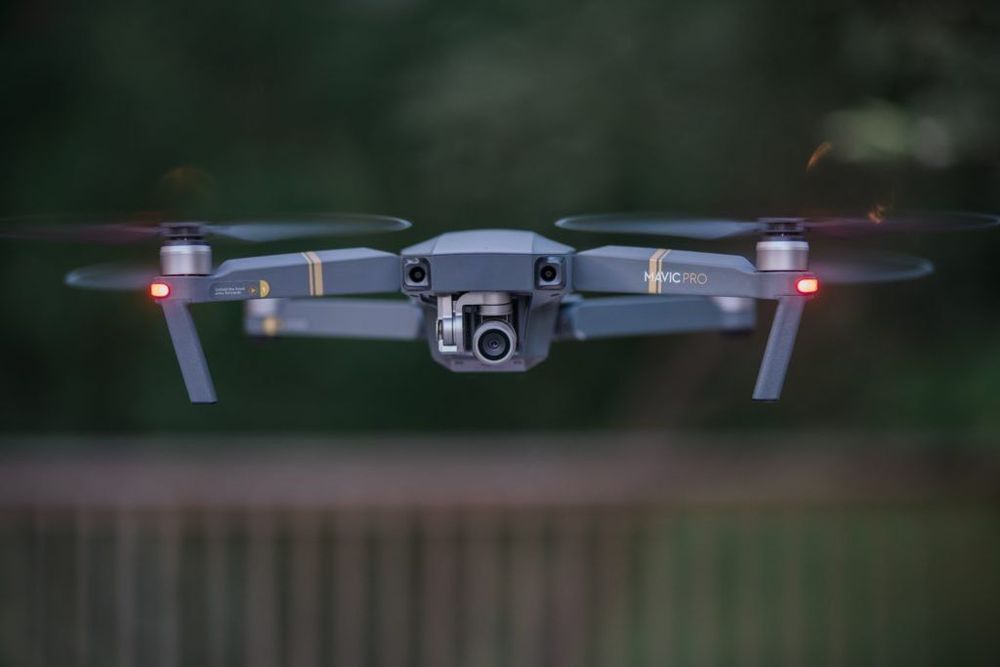Circa 2018
This first pitch isn’t about baseball. It’s about a military hero regaining his sense of independence. Militarykind, USA TODAY.


“To me, it’s very simple. If a rogue nation or other entity shoots an ICBM, inter-continental ballistic missile, at us, we intercept it.” — #USArmy Maj. Jason Brewer, Colorado National Guard #CombatReadyForce

A recent survey by the IE University in Madrid reveals that one in four Europeans would be ready to put an artificial intelligence in power. Should we be concerned for democracy or, on the contrary, welcome Europeans’ confidence in technology?
Europeans ready to elect an AI?
According to the study in question, about one in four out of the 25,000 Europeans surveyed would be prepared to be governed by an AIt worth noting that there are significant variations between countries, because where the European average is around 30%, respondents in the Netherlands are much more open to having a government run by a supercomputer (+ 43%) than in France (+ 25%). “The idea of a pragmatic machine, impervious to fraud and corruption” is one of the reasons that seems most compelling to the interviewees. Added to this are the options that Machine Learning would enable: in fact, the AI described would be able to improve by studying and selecting the best political decisions in the world… It would then be able to make better decisions than existing politicians.

In early 1962, members of the male space squad gathered at a dining room in Star City and were joined by Yuri Gagarin. “Congratulations! Get ready to welcome the girls in a few days,” announced Gagarin.
“We, a tiny group of military test pilots selected for the space program, had been living together as one big family in Star City for two years. We shared struggles and knew everything about each other, and now we had to accept new members to our family,” recalled cosmonaut Georgi Shonin.
“When we started training together, it was very unusual to hear soft and feminine call signs Chaika (seagull) or Bereza (birch) instead of solid and firm Sokol (falcon) or Rubin (ruby),” Shonin continues. “Their intonations alone were telling. If a voice was sonorous, everything went as planned. But sometimes their voices sounded pitiful. That meant the instructor was practicing certain failures of the system with them, and Bereza or Chaika was trying to fix the problem.”

COLORADO SPRINGS — Blue Origin wants the U.S. Air Force to wait until 2021 before picking the two companies it intends use for launching critical military satellites in the decade ahead.
The Air Force, however, aims to solicit proposals this spring and choose its two preferred launch providers in 2020 — perhaps a year or more before the new rockets that the Air Force is fostering at Blue Origin, United Launch Alliance and Northrop Grumman make their first flights.
All three companies were chosen in October by the Air Force Space and Missile Systems Center to share $2.3 billion in so-called Launch Service Agreement (LSA) funding to support development of next-generation rockets capable of meeting the military’s satellite launch needs.

Want to imagine the soldier of the future? A look at video game super-soldiers gives you an ideal glimpse of the desired improvements.
As a US Army military veteran and a longtime gamer, I can attest that while being a soldier and playing one in a video game are very different experiences, there exist several functional overlaps in the goals and tools provided to achieve objectives.
For example, examine the differences and similarities between playing basic training in a game like America’s Army, and enduring an actual enlistment. America’s Army is designed to teach prospective soldiers what to expect both in training and actual combat. While the game version does not nearly prepare a player for the physical and psychological demands of actual basic training and participating in what Army operations entail, it does give an understanding of the objectives one would be expected to accomplish while in service and some of tools available to achieve those goals.

The following is a guest post by talented author and self-described nerd Ryan LaDue.
The Latest Wave of Sensor Tech Could be a Game-Changer for LiDAR-Equipped UAVs
Avalanche photodiode sensors are semiconductors capable of converting photons into electrons with an extremely high level of precision. The technology isn’t as new as you might think, but accessible units used for laser range finders (as part of LiDAR systems) have only been making their way into consumer markets in recent years.

According to a report in the official magazine of its Defense Ministry, Russian “supersoldiers” are able to use “parapsychology” techniques to crash enemy computers, access the minds of foreign soldiers, and read documents inside locked safes — abilities they gained, according to the article, from telepathic dolphins they can now communicate with.
The report is almost certainly nonsense. But it does raise questions about the ambitions — and perhaps dysfunctions — of Russia’s military.
Gravity Falls
This wasn’t the first time Gravity has wowed observers with its Iron Man-esque Jet Suit, which features jets mounted to each of a wearer’s arms. The company even let a CNBC journalist take it for a test flight last year.
In spite of the wow factor, though, one of Williamson’s aids clarified that Gravity’s suit — which costs an imposing $440,000 — isn’t ready for combat yet.

The U.S. Missile Defense Agency is looking for information on a 1,000 kW-class electrically-pumped laser for defending the United States, its deployed forces, allies, and friends against all ranges of enemy ballistic missiles in all phases of flight.
The post on the federal business opportunities website is asking industry for information on a capability to demonstrate a 1,000 kW-class electrically-pumped laser in the 2025–26 timeframe.
Missile Defense Agency does not provide a specific platform or strategic mission at this time. The proposed ground demonstrator laser system would be designed to have technology maturation and lightweight engineering paths to potential future platforms.